Top Class Actions’s website and social media posts use affiliate links. If you make a purchase using such links, we may receive a commission, but it will not result in any additional charges to you. Please review our Affiliate Link Disclosure for more information.
If you’ve ever had to use an ATM outside of your bank network, you’ve likely seen an ATM fee, but just how much are ATM fees, and how are they used? It turns out that both of these questions have the same answer: it’s complicated. The price of ATM fees vary from ATM operator to operator, and they may be applied differently to different types of transactions.
ATM Fee Definition
Before we can answer the question “how much are ATM fees?”, we need to know what ATM fees are. According to SmartAsset, an ATM fee is just one of the many types of charges bank users face.
Usually, when you use an ATM in your bank’s system, you won’t see a fee. However, once you move outside that network, you are likely to incur a small fee. Actions that may incur a fee include deposits, withdrawals, and balance inquiries. These fees are often a flat dollar amount but may sometimes be figured as a percentage of your transaction.
When you use an out-of-network ATM, there are two separate fees you’re likely to face: one from your bank, and one from the ATM operator. This second fee will appear as a notification on your ATM transaction.
How Much Are ATM Fees?
So, how much are ATM fees? According to USA Today, ATM fees reached an all-time high in the fall of 2019. The average fee charged by ATM operators was $3.09, an increase of 2% over the previous year, and the fifteenth straight year of increases. However, at the same time, the average fee charged by banks for the use of out-of-network ATMs dropped 2% to $1.63. This value has been in decline for two years.
The amount you may face in fees for using an out-of-network ATM may also vary by location. For instance, the average fee in Houston is $5.58 while the average fee in Boston is just $4.29.
Today, the total cost incurred through fees of using an out-of-network ATM for withdrawal is at a record high of nearly $5. This amount has risen by a third in the past decade alone. According to financial experts, this is in large part due to the fact that fewer and fewer Americans are using cash, meaning banks have to increase fees to keep these services profitable. Fee amounts are also affected by the Federal Reserve and its set interest rates. As these rates fall, banks are expected to raise fees and other charges.
How to Avoid ATM Fees
If you are asking “how much are ATM fees?” you are probably also wondering how to avoid them.
Unfortunately, banks and credit unions gain significant profit from various fees that they charge customers, and these include ATM fees. This means that ATM fees are likely not going anywhere soon. According to CNBC, the cost of ATM fees are still on the rise. As mentioned above, they are up 33% in the last ten years, as banks try to reap ever higher profits from fees.
However, as a consumer, you do have some ability to choose what bank or credit union you do business with. The kind of fees a bank charges may be an important factor in how you choose your bank.
Banks are legally required to inform customers of their ATM fees. This information should include how often fees will be charged, under what circumstances they will be charged, and if there are reimbursement options available. However, banks often try to get around this requirement by presenting their ATM fee information in a confusing way. Some customers have even accused their banks of violating federal and state law by not properly disclosing ATM fees or by intentionally misleading consumers about them.
Confusing information can lead a customer to use ATMs in a way that they might not otherwise have, and can lead them to incur unexpected fees. It is important to be aware of your bank’s ATM fees before or when you get an account, so you can make an informed choice about how you will use ATM machines.
 Which Bank Has the Lowest ATM Fees?
Which Bank Has the Lowest ATM Fees?
The best way to avoid ATM fees is simply to use ATMs within your own bank’s system. However, there are many reasons why this may not be an option. In these cases, there are a few ways to minimize the ATM fees you will face. First, ATM fees charged by banks are often lower than those charged by credit unions. Credit unions are normally smaller than banks, and the majority of their business is conducted online.
Next, you will need to choose between those banks available to you. Citibank allows users access to more than 60,000 ATMs in the U.S. that are fee-free. It also waives ATM fees for out-of-network transactions for certain select groups including students, Citigold, and Citi Priority account holders.
Capital One gives account holders access to all Capital One and Allpoint ATMs free of charge. It also doesn’t charge for out-of-network ATM use. EverBank, on the other hand, will reimburse customers any ATM fees so long as you maintain an account balance of at least $5,000 in your checking account. It’s worth noting that EverBank doesn’t have a wide network of ATMs, so maintaining this minimum balance is necessary for avoiding fees.
Other banks offer reimbursement for ATM fees. Ally Bank offers reimbursement of up to $10 for all accounts. Navy Federal Credit Union, on the other hand, offers reimbursement of up to $20 for select accounts and up to $10 for other accounts, but non-priority accounts will still face fees.
Are There Any Banks With No ATM Fee?
There are banks which charge no ATM fees, but they often only offer this to certain types of account holders. For instance, Union Bank doesn’t charge ATM fees for Priority Banking but charges two dollar ATM fees for “Ready to Go® Checking, Banking By Design® and Teen Access®”.
According to SmartAsset, there is only one bank that charges $0 for out-of-network ATM transactions no matter the type of account you hold – Dime Community Bank. Dime charges no ATM fees for any account holders.
ATM Fee Litigation
A growing number of consumers are coming forward with allegations of surprise ATM fees. Consumers allege that they were charged ATM fees without warning or notification, in violation of the Electronic Fund Transfer Act Regulation E.
The Electronic Fund Transfer Act (EFTA) was passed by Congress in 1978 to protect consumers who use automated teller machines (ATMs), which have grown increasingly widespread ever since. Under the EFTA, service providers are required to notify consumers of any ATM fees that will be charged. The EFTA also gives consumers a way to correct transaction errors that may occur and limits consumer liability from a lost or stolen card.
Several banks and credit unions are currently under investigation for potentially violating the EFTA by charging ATM fees without proper notice, including:
- Chase Bank
- Comerica
- West America
- Citibank
- Pacific West
- Sierra
- Valley National
- TriCounties Bank
- Fremont Bank
- Investors Bank
- Brookline Bank
- BNB Bank
- Kearny Bank
- Cobalt Credit Union
- Banterra Bank
- Old Second National Bank
- Heartland Financial
Some banks have also been accused of attempted ATM fee price fixing in collaboration with credit card companies.
If you have been charged ATM fees without being notified, you may be able to file a lawsuit and pursue compensation. Filing a lawsuit can be a daunting prospect, so Top Class Actions has laid the groundwork for you by connecting you with an experienced attorney. Consulting an attorney can help you determine if you have a claim, navigate the complexities of litigation, and maximize your potential compensation.
Join a Free ATM Fees Class Action Lawsuit Investigation
If you were charged ATM fees without notification when you used an ATM machine, you may qualify to join this ATM fees class action lawsuit investigation.
This article is not legal advice. It is presented
for informational purposes only.
ATTORNEY ADVERTISING
Top Class Actions is a Proud Member of the American Bar Association
LEGAL INFORMATION IS NOT LEGAL ADVICE
Top Class Actions Legal Statement
©2008 – 2024 Top Class Actions® LLC
Various Trademarks held by their respective owners
This website is not intended for viewing or usage by European Union citizens.

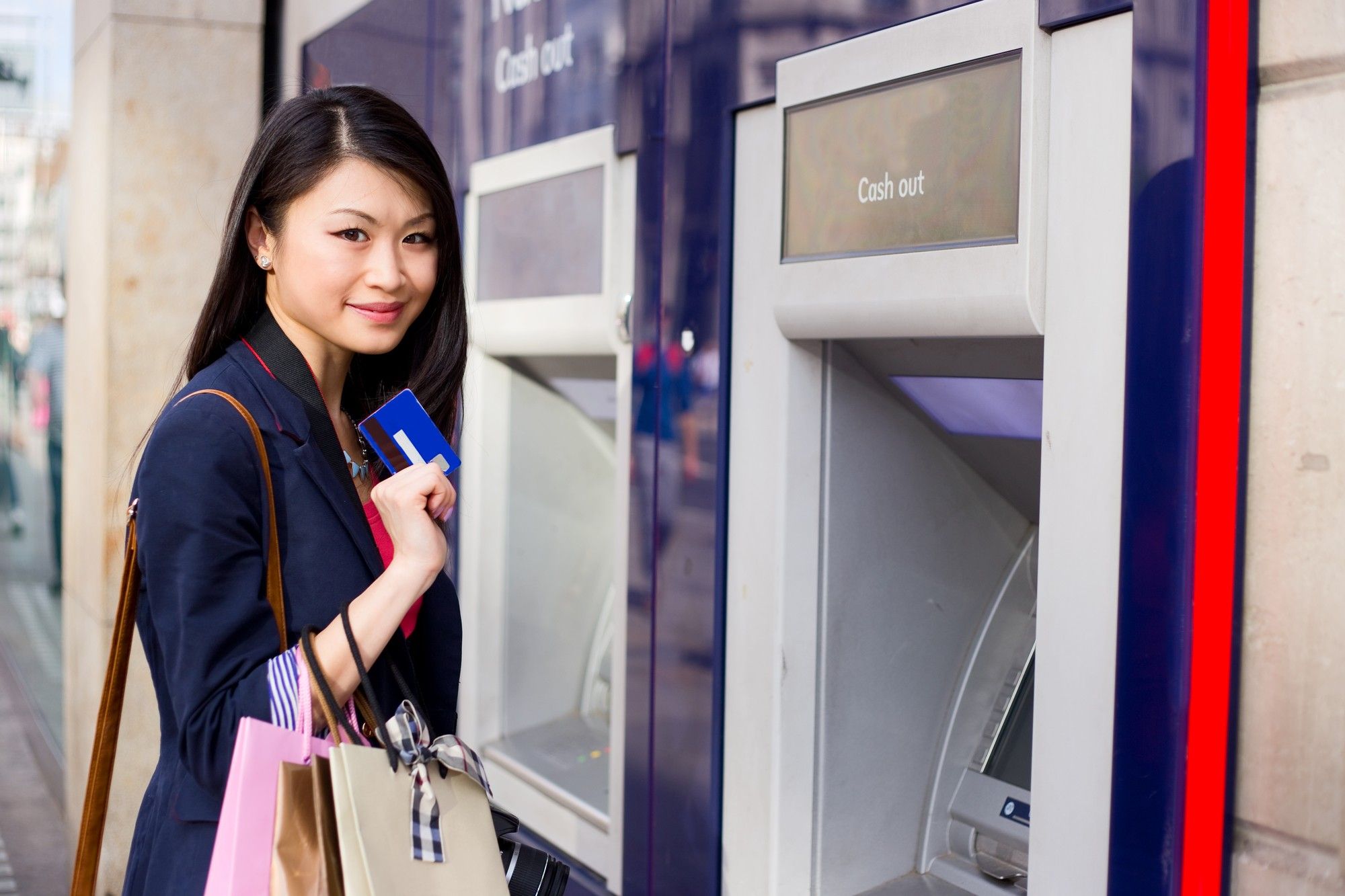
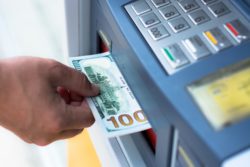 Which Bank Has the Lowest ATM Fees?
Which Bank Has the Lowest ATM Fees?



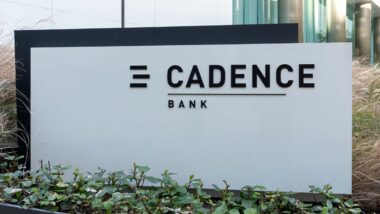
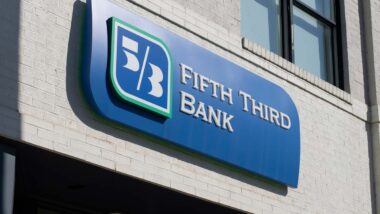

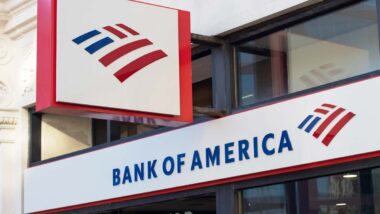

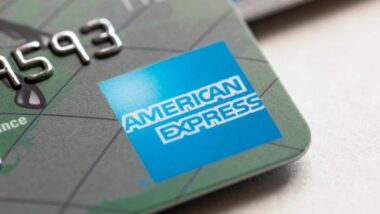
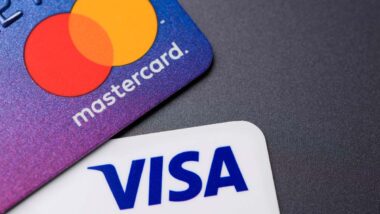
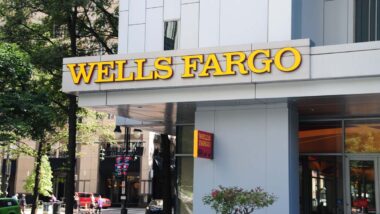
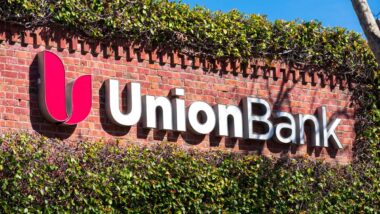
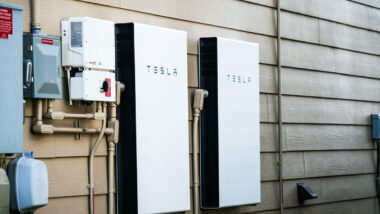
4 thoughts onHow Much Are ATM Fees?
It is so funny that people are writing “Add me” when this site cannot do so, and the case has been closed for months.
Please add me
Please add me.
add me in